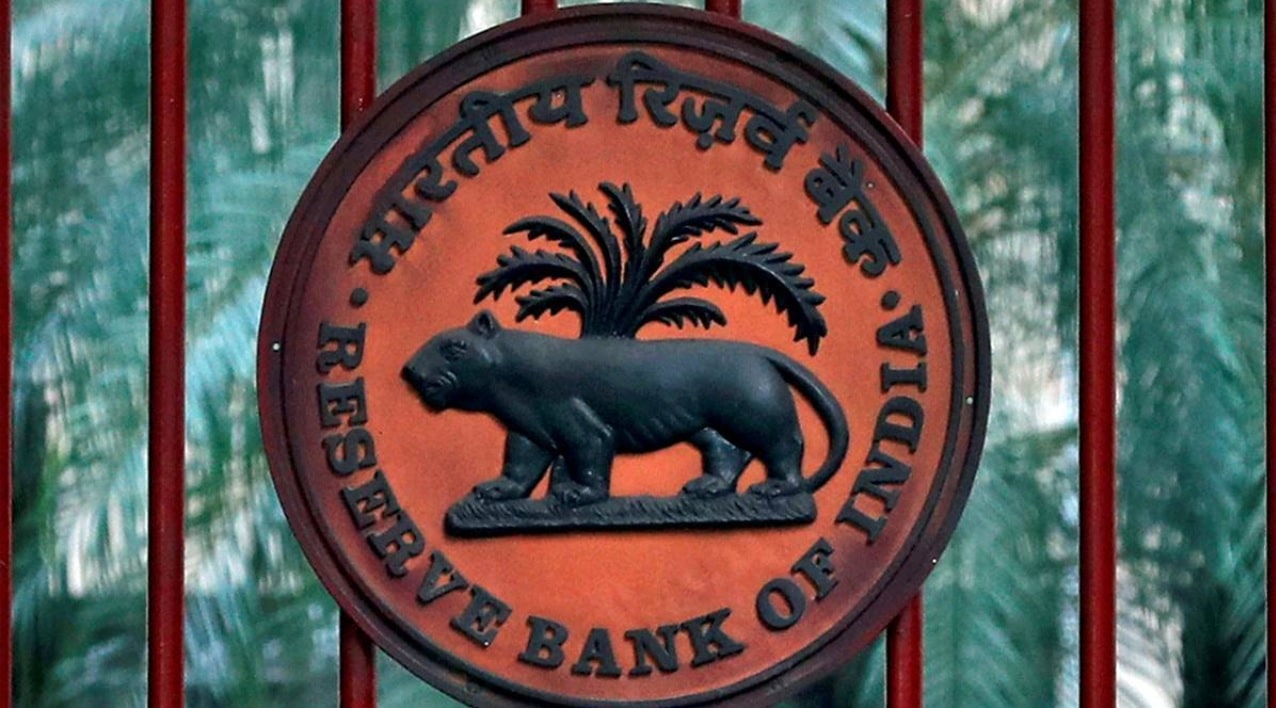What’s in today’s article?
- Why in news?
- What is loan-loss provision?
- What is the present approach followed by banks to make loan loss provisions?
- What is the problem with the incurred loss-based approach?
- What has been proposed by the RBI?
- What are the different stages proposed under the expected loss (EL)-based approach?
- What are the benefits of this new approach?
Why in news?
- Recently, the Reserve Bank of India (RBI) published a discussion paper on “loan loss provision”.
- This paper proposed a framework for adopting an expected loss (EL)-based approach for provisioning by banks in case of loan defaults.
- Presently, banks are required to make loan loss provisions based on an incurred loss approach.
What is loan-loss provision?
- The RBI defines a loan loss provision as an expense that banks set aside for defaulted loans.
- In other words, a loan loss provision is a cash reserve that banks set aside to cover losses incurred from defaulted loans.
- Basically, it is an income statement expense banks can tap into when borrowers are unlikely to repay their loans.
- In the event of a loss, instead of taking a loss in its cash flows, the bank can use its loan loss reserves to cover the loss.
- For example: Let’s say a bank has issued $100,000 total in loans and has a loan loss provision of $10,000.
- On one of their defaulted loans, the borrower repaid only $500 of the outstanding $1,000.
- To cover the $500 loss from the defaulted loan, the bank would deduct $500 from the loan loss provision.
- The level of loan loss provision is determined based on the level expected to protect the safety and soundness of the bank.
What is the present approach followed by banks to make loan loss provisions?
- Banks in India are currently required to make loan loss provisions based on incurred loss model.
- This model assumes that all loans will be repaid until evidence to the contrary (known as a loss or trigger event) is identified.
- Only at that point is the impaired loan (or portfolio of loans) written down to a lower value.
What is the problem with the incurred loss-based approach?
- The incurred loss approach requires banks to provide for losses that have already occurred or been incurred.
- The delay in recognising expected losses under this approach was found to exacerbate the downswing during the financial crisis of 2007-09.
- Faced with a systemic increase in defaults, the delay in recognising loan losses resulted in banks having to make higher levels of provisions.
- This ate into the capital maintained by the bank which in turn affected banks’ resilience and posed systemic risks.
- Further, the delays in recognising loan losses overstated the income generated by the banks.
- This, coupled with dividend payouts, impacted their capital base because of reduced internal accruals — which too, affected the resilience of banks.
What has been proposed by the RBI?
- RBI has proposed a framework for adopting an expected loss (EL)-based approach for provisioning by banks in case of loan defaults.
- Under this practice, a bank is required to estimate expected credit losses based on forward-looking estimations.
- Under this, banks will need to classify financial assets into one of three categories — Stage 1, Stage 2, or Stage 3 — depending upon the assessed credit losses on them, at the time of initial recognition as well as on each subsequent reporting date, and make necessary provisions.
What are the different stages proposed under the expected loss (EL)-based approach?
- Stage 1 assets
- Financial assets that have not had a significant increase in credit risk since initial recognition or that have low credit risk at the reporting date.
- For these assets, 12-month expected credit losses are recognised and interest revenue is calculated on the gross carrying amount of the asset.
- Stage 2 assets
- Financial instruments that have had a significant increase in credit risk since initial recognition, but there is no objective evidence of impairment.
- For these assets, lifetime expected credit losses are recognised, but interest revenue is still calculated on the gross carrying amount of the asset.
- Stage 3 assets
- Financial assets that have objective evidence of impairment at the reporting date.
- For these assets, lifetime expected credit loss is recognised, and interest revenue is calculated on the net carrying amount.
What are the benefits of this new approach?
- The expected credit losses approach will further enhance the resilience of the banking system in line with globally accepted norms.
- It is likely to result in excess provisions as compared to shortfall in provisions as seen in the incurred loss approach.
Q1) What is expected loss in banking?
Expected loss is the sum of the values of all possible losses, each multiplied by the probability of that loss occurring. In bank lending (homes, autos, credit cards, commercial lending, etc.) the expected loss on a loan varies over time for a number of reasons.
Q2) What are the Non Performing Assets (NPAs)?
A non performing asset (NPA) is a loan or advance for which the principal or interest payment remained overdue for a period of 90 days.
Source: Loan loss provision by banks: Why has RBI proposed a new forward-looking approach? | RBI | The Hindu
Last updated on December, 2025
→ Check out the latest UPSC Syllabus 2026 here.
→ Join Vajiram & Ravi’s Interview Guidance Programme for expert help to crack your final UPSC stage.
→ UPSC Mains Result 2025 is now out.
→ UPSC Notification 2026 is scheduled to be released on January 14, 2026.
→ UPSC Calendar 2026 is released on 15th May, 2025.
→ The UPSC Vacancy 2025 were released 1129, out of which 979 were for UPSC CSE and remaining 150 are for UPSC IFoS.
→ UPSC Prelims 2026 will be conducted on 24th May, 2026 & UPSC Mains 2026 will be conducted on 21st August 2026.
→ The UPSC Selection Process is of 3 stages-Prelims, Mains and Interview.
→ UPSC Result 2024 is released with latest UPSC Marksheet 2024. Check Now!
→ UPSC Prelims Result 2025 is out now for the CSE held on 25 May 2025.
→ UPSC Toppers List 2024 is released now. Shakti Dubey is UPSC AIR 1 2024 Topper.
→ UPSC Prelims Question Paper 2025 and Unofficial Prelims Answer Key 2025 are available now.
→ UPSC Mains Question Paper 2025 is out for Essay, GS 1, 2, 3 & GS 4.
→ UPSC Mains Indian Language Question Paper 2025 is now out.
→ UPSC Mains Optional Question Paper 2025 is now out.
→ Also check Best IAS Coaching in Delhi

















